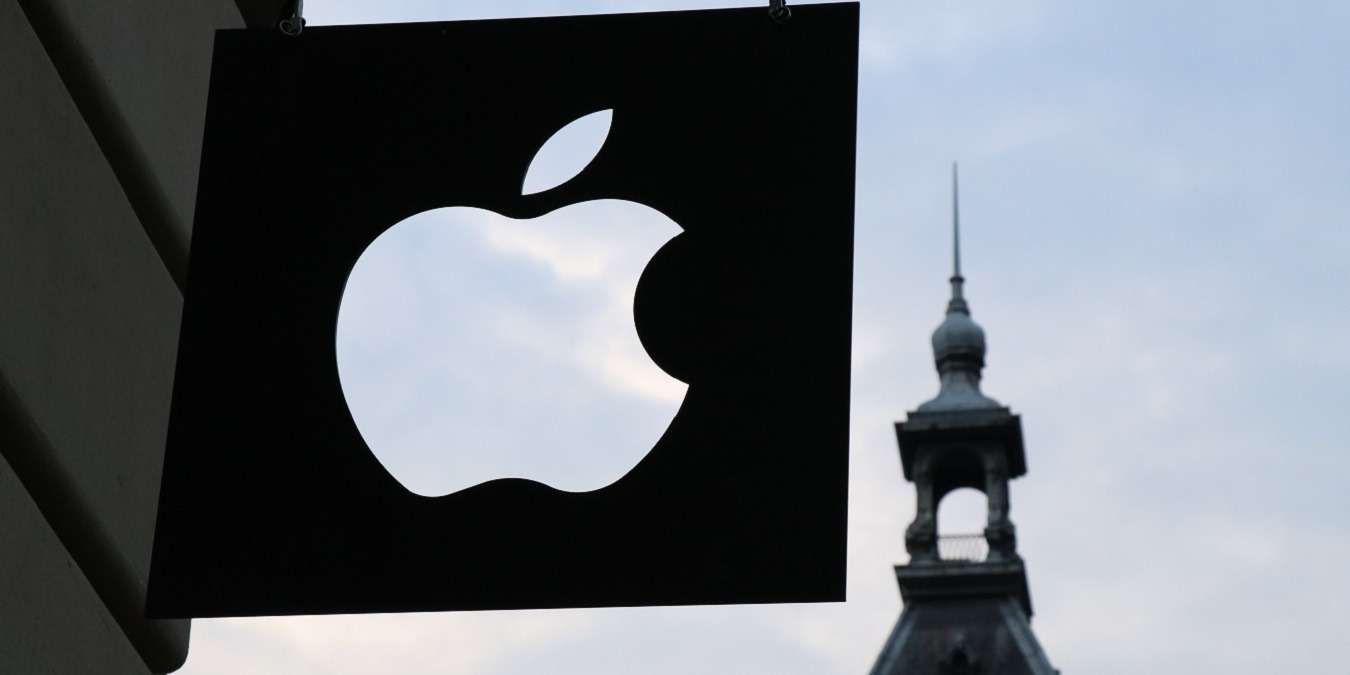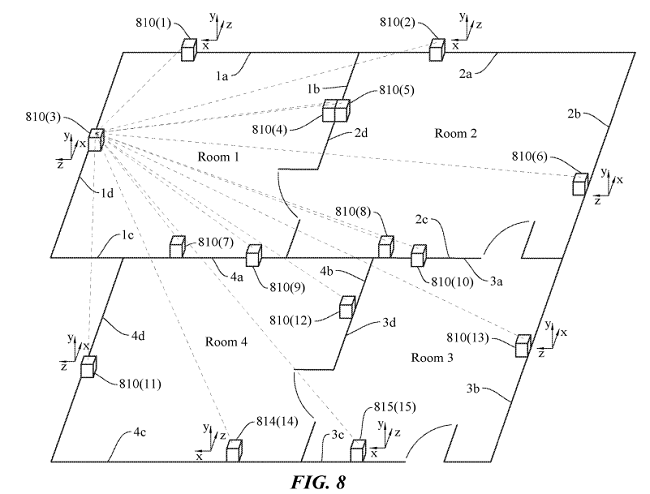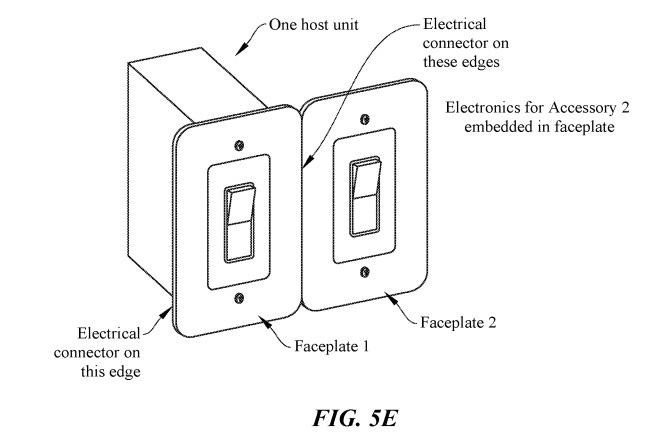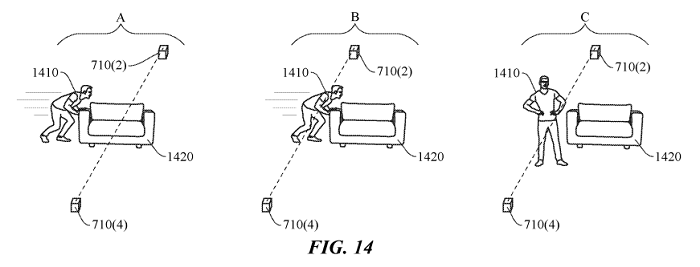
An Apple smart home might just make you think about chatting with Siri as you go about your day. However, Apple has filed for a new patent that could change the way smart homes are configured.
Instead of just a new device, Apple wants to develop an entire smart home system. The most innovative part is the system could learn to configure itself, taking away the most frustrating part of using smart gadgets.
Apple Smart Home Patent
Apple’s patent was originally filed in August 2018. However, it wasn’t published by the United States Patent and Trademark Office until February 13, 2020. The public is finally getting a more in-depth look at Apple’s new vision for controlling and configuring a smart home automatically.
The patent describes using modular wall units for object tracking and authentication. In simpler terms, host units installed in a home or building could communicate with other host units to detect new objects and changes in objects.
On the surface, this doesn’t really sound like anything different than a standard wireless network where smart hubs control the various smart devices in your home.
While the patent itself makes it sound extremely complicated, the goal is to make configuring a smart home as easy as the old school plug and play (PnP). All you did was connect a device, and your computer recognized and configured it for use. This is what Apple wants to accomplish for smart homes.
The Host Units
A common theme throughout the Apple smart home patent is the use of host units. These will obviously have a different name once the system is released to the public.
Host units will be installed in a building’s structure. Processors are used to measure attributes and report an object or change in object based upon the original measurements. This is all based upon data sent and received between various host units installed throughout a building.

All this means is the host units are able to create a virtual blueprint of your home and detect new smart objects (based on signal) and even who is entering the room. The host units use time-of-flight sensors to create this blueprint.
Configuring Your Smart Home

Host units are typically installed as part of a modular wall unit, such as behind outlets, theromstat units, and more. However, this isn’t just a basic modular system. It’s also not a wireless mesh network like Amazon’s recently released eero wireless system. Amazon acquired eero back in 2019.
Apple’s patent shows the host units using complex calculations to detect the slightest changes in a room, such as moving around furniture. Why would this matter? Lights could be configured to turn on automatically based on how far you step into a room or whether you sit on the furniture.

There are two innovative ways that Apple’s smart home system could change the way you think about your smart home.
First, once the system is in place, it would detect any new smart device, even if it’s not an Apple product, and configure it for you. It would show up on your iPhone after you’ve physically installed it and turned it on. The system would even tell you which room it’s installed in.
All you’d have to do is put in a few preferences, and you’re finished. Even basic security setups may be completed for you. Naturally, there will likely be options to override any automatic settings at any time.
The second way would be to adjust your smart home based on who is in the room. For instance, if your child walked into their bedroom, their light might turn on automatically, and their favorite music would start playing.
If a parent walked into the room, you might configure the system to only turn on a dim bedside lamp to make it easy to check on your child after bedtime.
Lights, temperature, music, and much more would automatically adjust just by who walks into the room. There could even be configurations for groups of people.
This is truly innovative because current systems require a person’s smartphone or watch in order to determine who’s entering or leaving a room.
Waiting for the Future
All of this sounds exciting, but don’t get too eager just yet. This is just a patent. There isn’t any news currently of when or even if Apple will release this new system. However, filing the patent does mean the company is working on the technology. How it will finally be implemented in the future is still up for debate.
Images credit: USPTO.gov
Get the best of IoT Tech Trends delivered right to your inbox!







